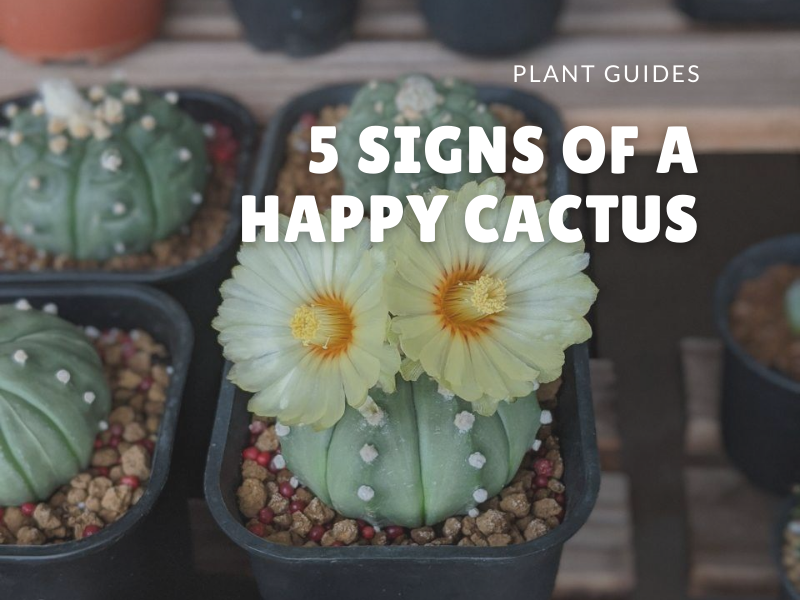As compared to edibles or foliage plants, cacti are extremely slow growers. For example, aztekium ritteri is a type of cactus which grows only about 1mm each year!
In that case, how do you know whether your cactus is growing well? Here are some factors which we found were helpful in determining whether our cactus is growing happily in our environment.
Disclaimer: cacti do take a longer time to adapt and react to changes in their environment. Ideally, these signs should be observed at least about 1.5 to 2months after you’ve got your new plant (or repotting).
1. Your cactus is plumping up
For some types of cacti, this might be difficult to observe. I would therefore encourage you to take a photo of your plants after purchasing them (if you aren’t already doing so 😅). In that way, you can immediately see the difference when you compare the before-and-after photos.
For lophophoras (or peyotes as they are commonly known in the US), they have a rather soft and tender exterior. It is therefore relatively easier to observe if they are plumping up; especially if you received the plant in a slightly dehydrated state.
Here are some before-and-after shots of our cacti:
Lophophora Williamsi ‘Huizache’
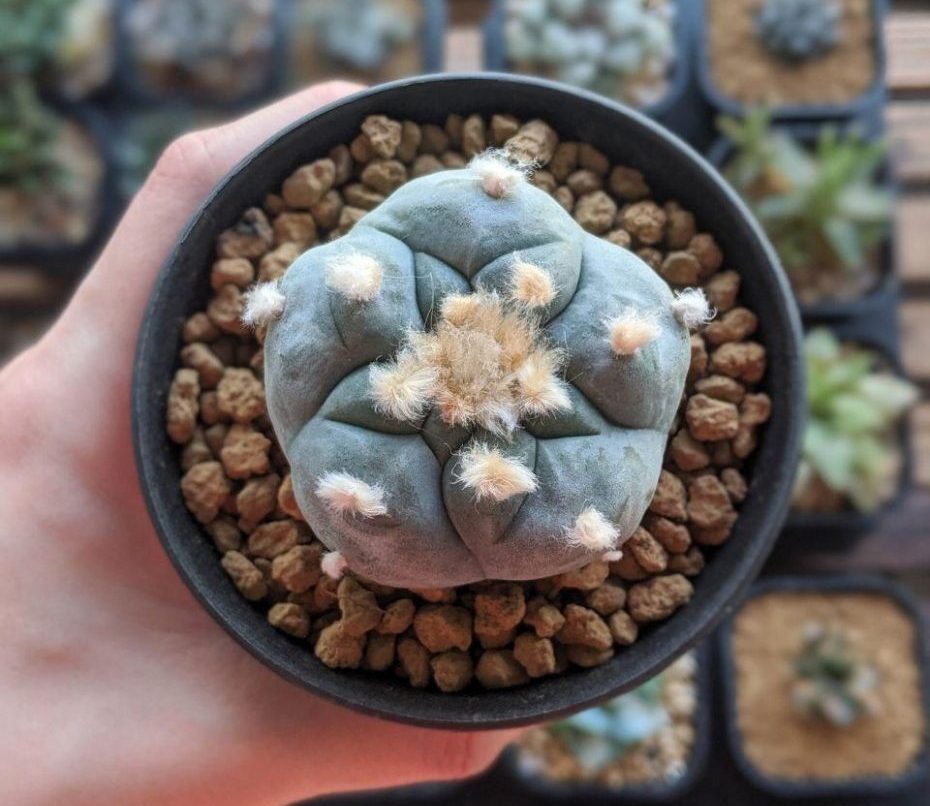
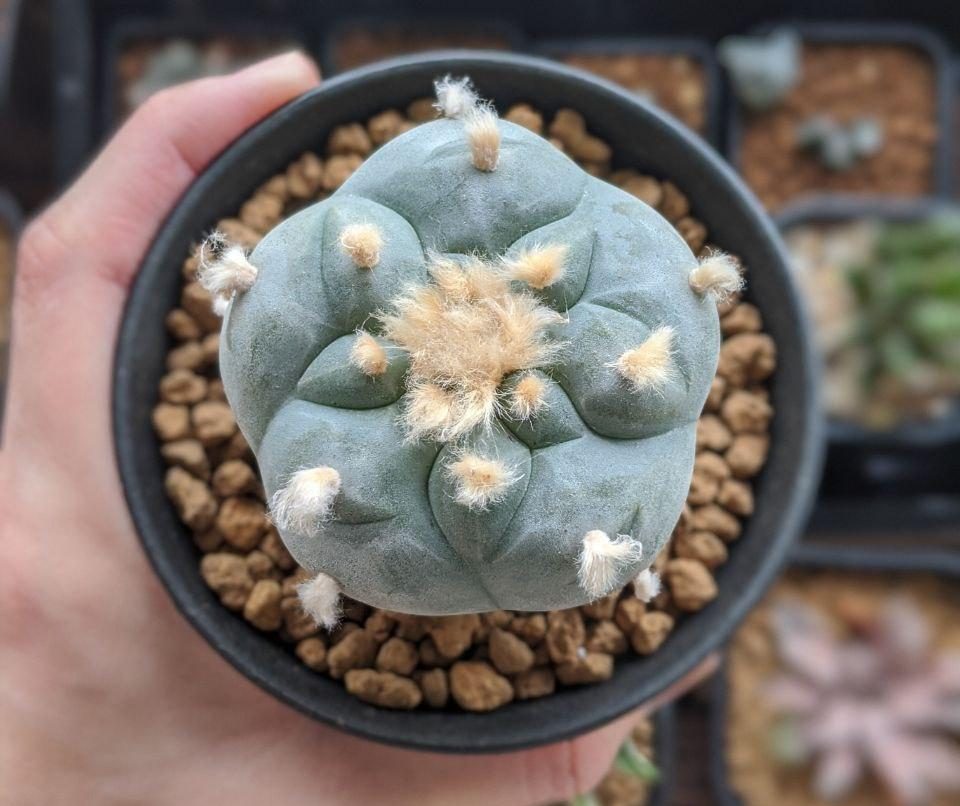
(approx 1.5 months)
Lophophora Diffusa
(this arrived slightly dehydrated due to shipment delays)
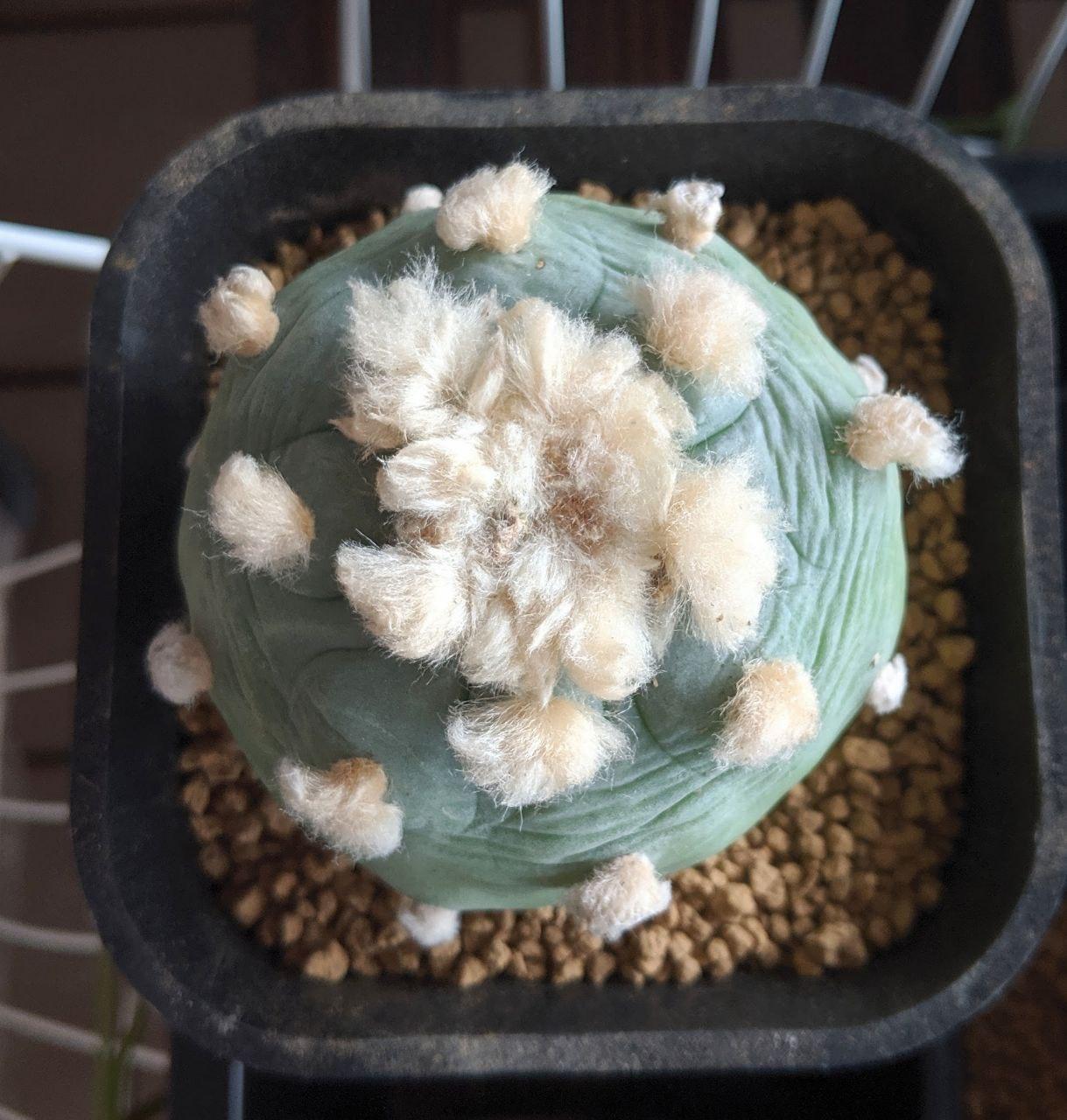
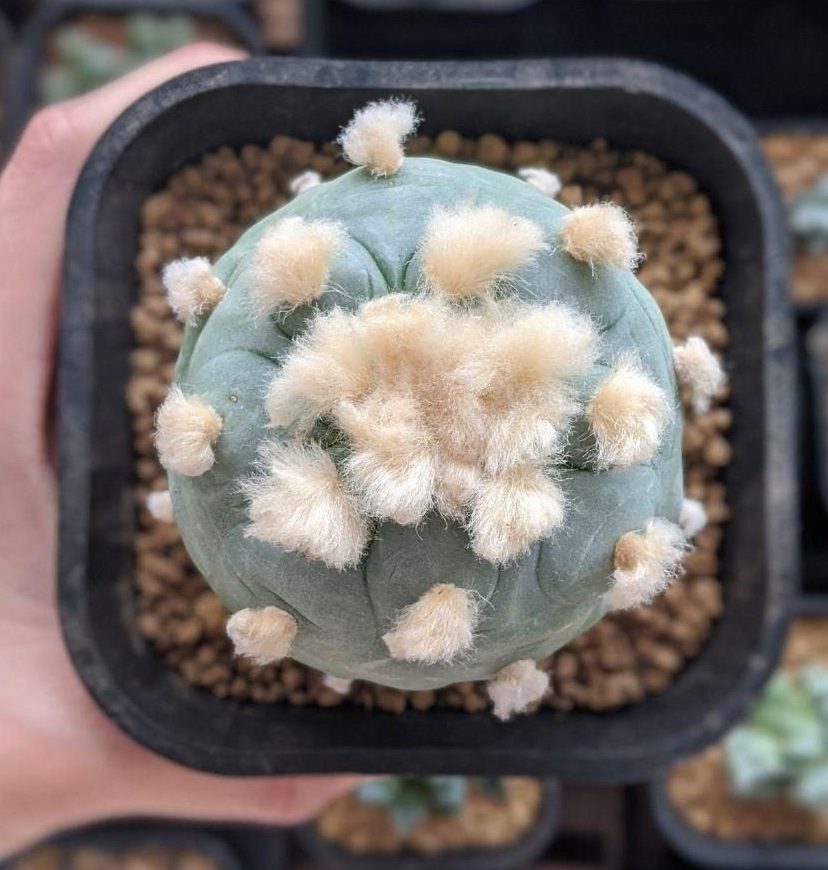
Astrophytum Myriostigma ‘Hercules’
When we first got it, our Hercules was not adjusting well to our environment. Its condition deteriorated rapidly towards the end of 2019, and we were trying all sorts of ways to rescue it. Glad we managed to save it. *Phew*

2. Your cactus feels firm to touch
Although Javier really hates it when I touch our cacti (very gently alright!), I find doing it occasionally is a good way to tell how healthy your cactus is. Please do this with clean hands and very gently to avoid injuring your plants or *gasp* transferring bacteria/fungus/pests from one place to another. Also, if your cactus has spikes, please don’t do this and end up injuring yourself!! 🙅🏻♀️
How ‘firm’ the cactus should be depends on the type of cactus. For instance, a healthy astrophytum should feel as firm as a pebble. If it starts to feel like a potato, this might be a good time to do a full health check-up.
A healthy lophophora should feel like a fully-pumped soccer ball. Do take note not to give your lophophora too much water or fertiliser as they are like balloons and will split when they are over-fed.
The opposite applies of course. The softer or (worse still) mushier your cactus is, the more you should be concerned.
3. Your cactus’s colours are becoming brighter (but not stressed)
If the colours on your cactus starts to look a bit dull (i.e. greyish as opposed to a healthy green), it is likely that your cactus is not too happy in its current environment. This can be seen in our ‘before’ photo of our astrophytum ‘Hercules’; its condition was rapidly deteriorating then. In the ‘after’ photo, you can see that the plant is a nice green and is almost glowing. I guess the same can be said for us humans; the happier we are, the more radiant we appear! 😀
That being said, if your cactus is under too much light, the seemingly ‘bright’ colours may be a result of stress. For example, if the plant starts to turn a dark red or even black. Some growers like to ‘stress’ the plant a little (with stronger light intensity) to bring out the nice colours. This must be done with great caution. Like humans, a little stress may bring out the best in some but too much can result in irreparable damage.
4. Your cactus is flowering (debatable)
One of the most obvious signs would be if your cactus is flowering! As a grower, having a cactus bloom under your care is one of the most rewarding things that could happen.
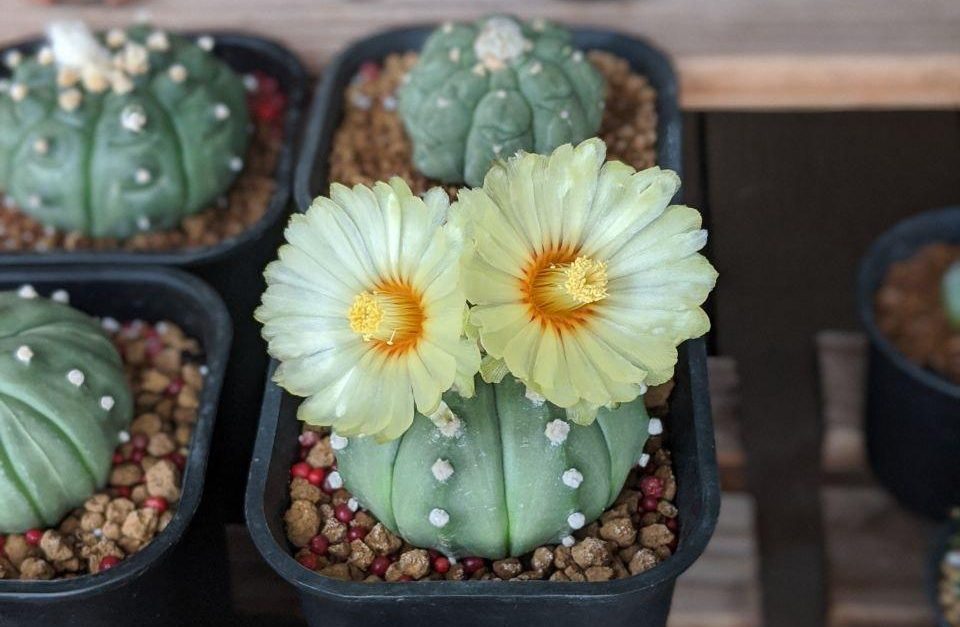
However, this may not be a conclusive indication that your plant is happy in its environment. In general, mature and larger cacti tend to flower more and some specific varieties do bloom more often than others. Also, using fertilisers rich in phosphorous can help to promote flowering but (according to what we’ve heard) using it excessively may overly stress the plant. This may consequently shorten the lifespan of the plant. Flowering is a very energy-intensive process for all plants in general.
5. Your cactus is growing!
Finally, if your cactus shows good signs of growth – that’s a sure indication of a happy healthy cactus. 🙂
In the mornings when there’s a little bit of time before work, I find it extremely enjoyable and therapeutic to do a little spot-check on our cacti to see how much they’ve grown. To conclude this post, here’s a couple more photos on how much some of our cacti have grown.
Gymnocalycium
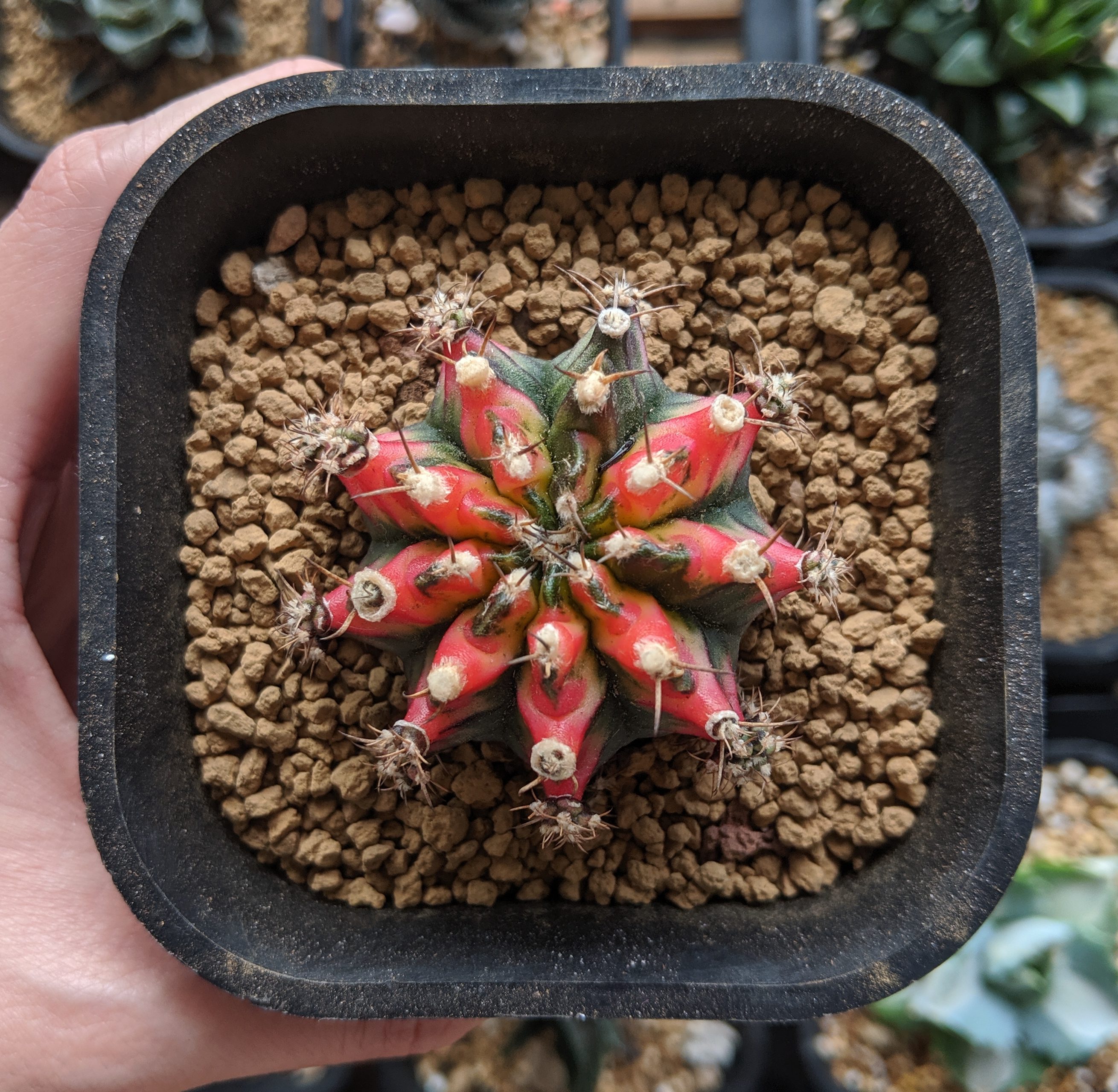
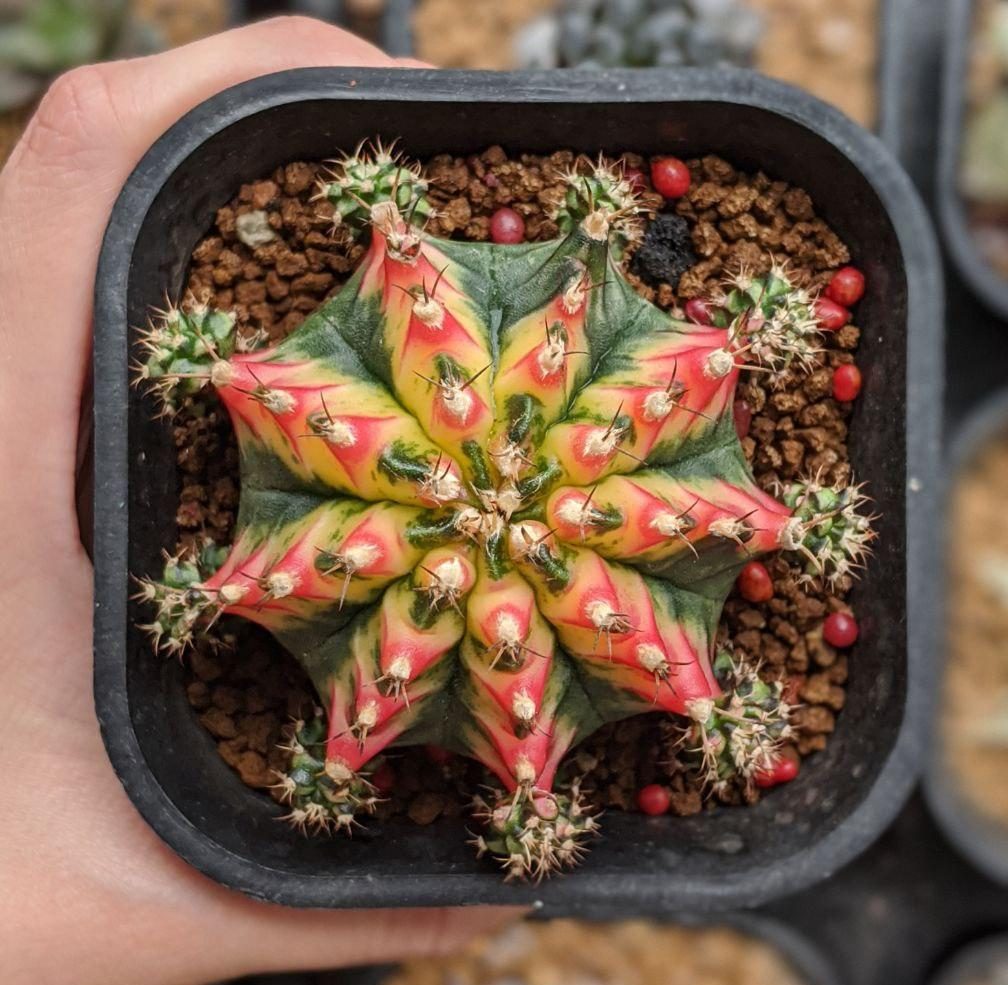
Astrophyum Asterias Variegated
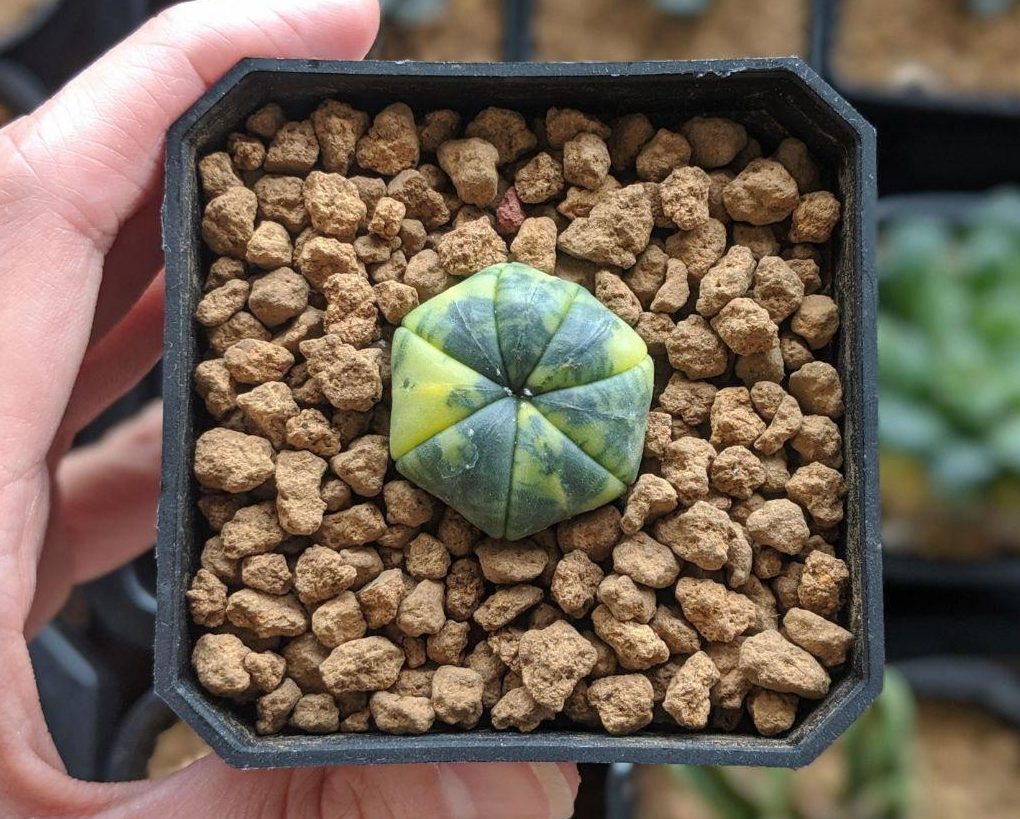
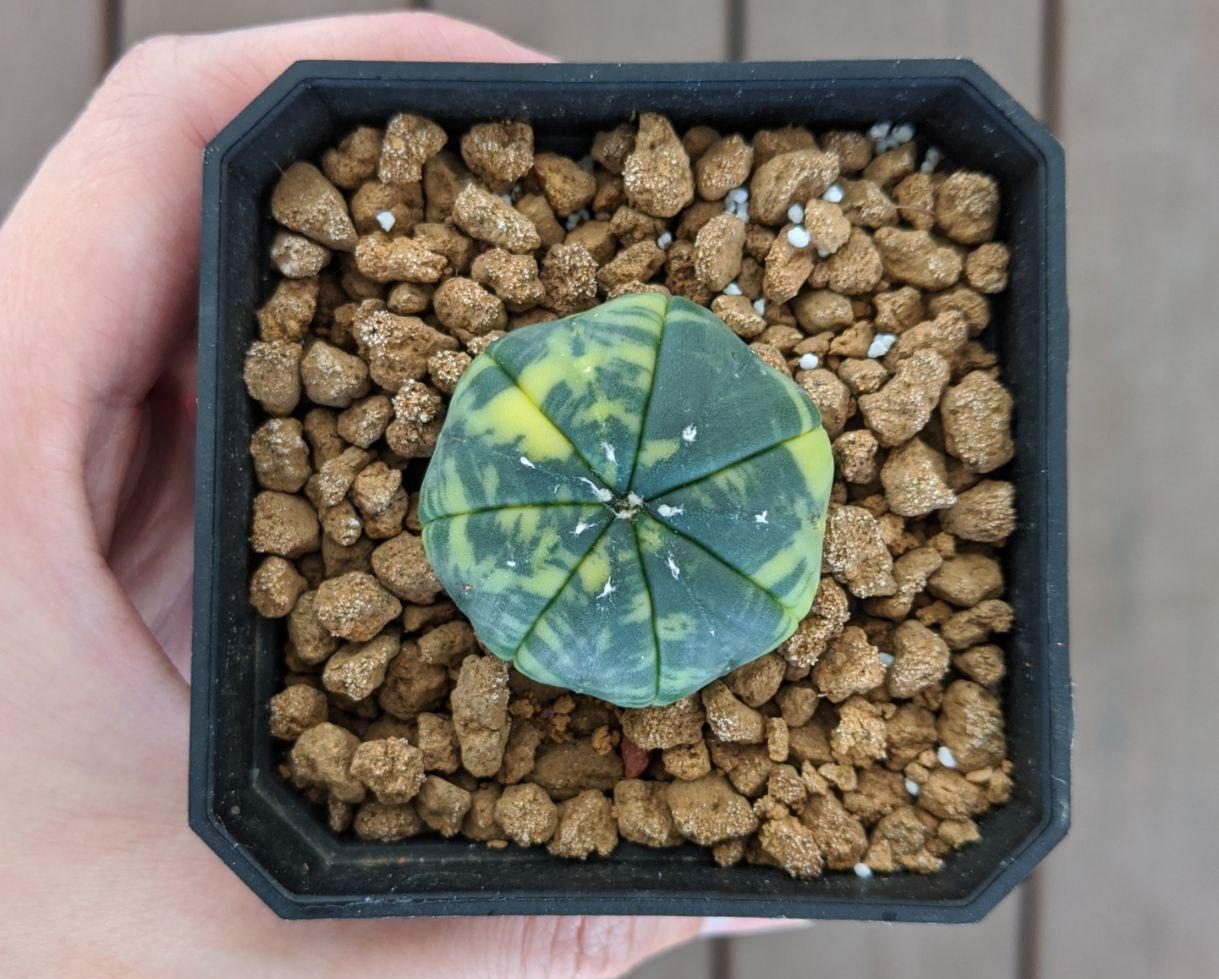
Astrophytum Myriostigma 💥
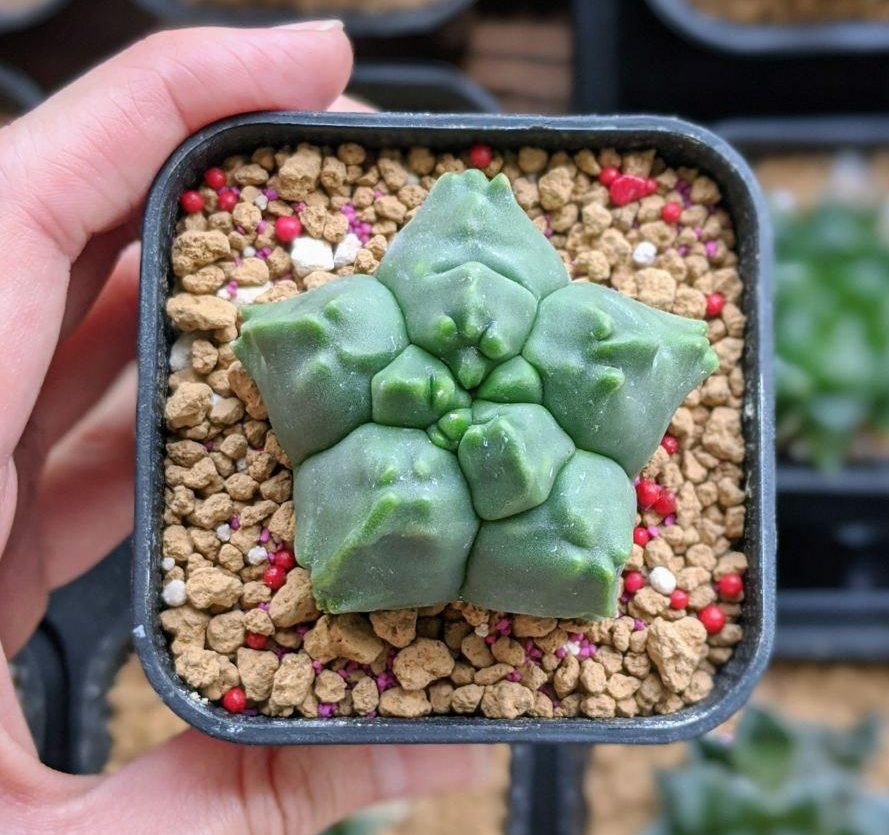
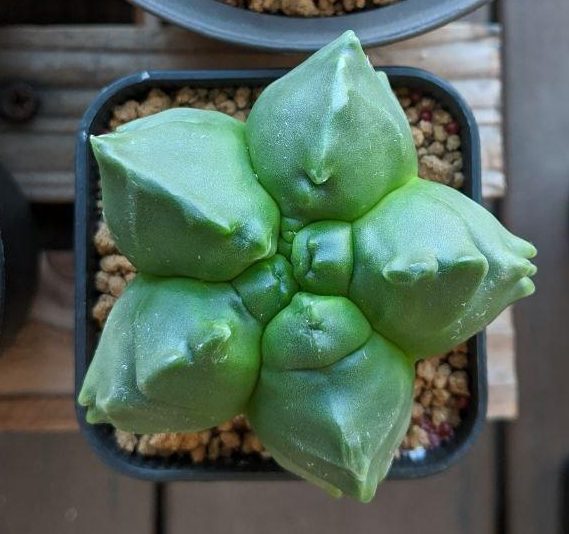
Let’s Grow Together! 🌱
Jiamin

